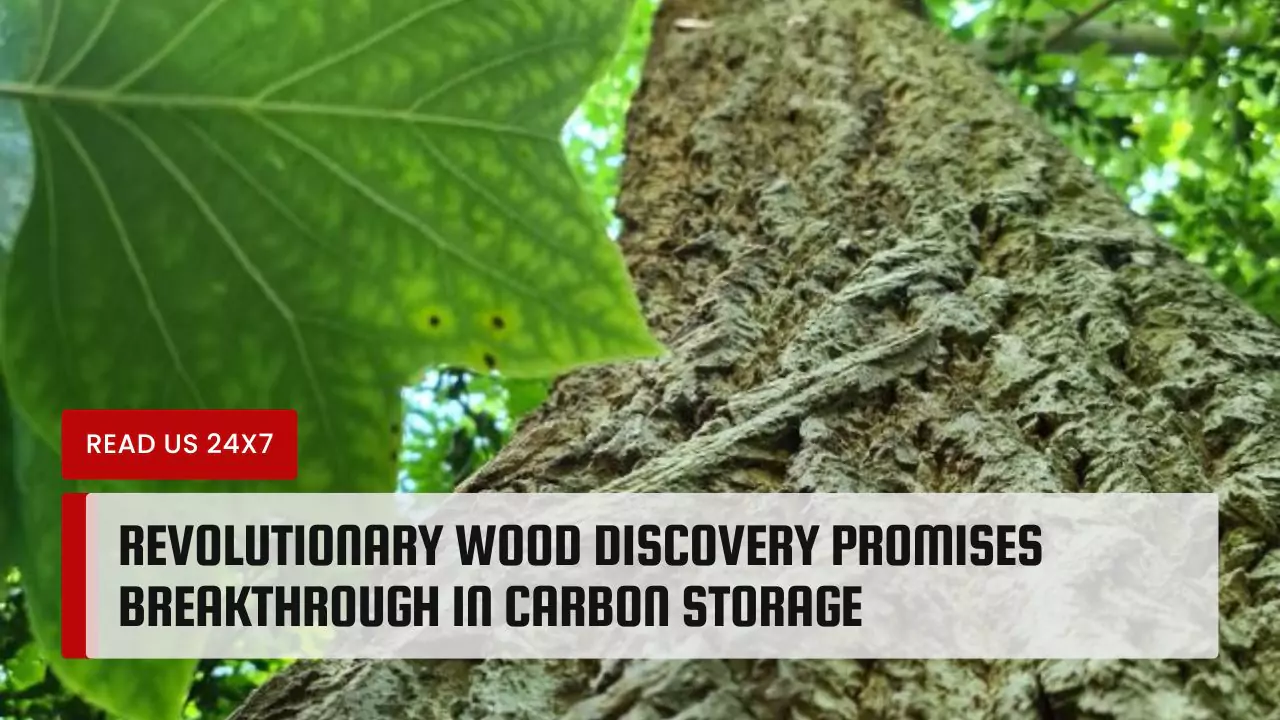Recent research has revealed a new type of wood that has incredible potential for carbon storage. This discovery could greatly enhance how we manage carbon emissions, helping to combat climate change. The wood comes from tulip trees, specifically Liriodendron tulipifera and Liriodendron chinense. This new type of wood provides a significant opportunity to improve carbon sequestration efforts across the globe.
Background Information on the Discovery
Scientists have found this new wood type while studying various tree species. The research was aimed at uncovering the evolution of wood structures in different plants. Using advanced techniques, researchers made detailed observations of wood cell walls. They discovered that tulip tree wood has a unique ultrastructure. This structure is neither classified as hardwood or softwood but exists in an in-between category. The findings were published, showcasing how the tulip tree has adapted over millions of years. These adaptations may have allowed the trees to capture and store carbon more effectively.
How This New Wood Could Revolutionize Carbon Storage
The unique structure of the wood is key to its effectiveness in carbon storage. The macrofibrils, which are threadlike bundles of cellulose, are larger in tulip trees than in other wood types. This enhanced structure lends itself to making better use of atmospheric carbon. The larger macrofibrils help the trees lock in more carbon over their lifetime. This ability to capture carbon is critical in mitigating climate change impacts.
Tulip trees have shown remarkable efficiency when it comes to sequestering carbon. Their strength and size allow them to store vast amounts of carbon in their structure. This makes them a strong candidate for carbon capture initiatives. Scientists believe that planting more of these trees could substantially increase carbon storage in forests and other environments.
Implications and Opportunities for Carbon Sequestration
One exciting opportunity lies in expanding plantations of fast-growing trees, particularly tulip trees. Increasing such plantations could help accelerate carbon storage efforts. Fast-growing species are valuable because they can absorb more carbon in a shorter amount of time. This is essential in the race to control greenhouse gas emissions and reduce global warming.
Furthermore, incorporating these trees into plantation forestry could enhance carbon sequestration efforts. Forests that include tulip trees are likely to have higher overall carbon storage. This presents an opportunity for forest management practices to shift toward including this new type of wood. Active management could also allow for the innovation of methods that further boost carbon capture rates.
In conclusion, the recent discovery of this revolutionary wood highlights an exciting avenue for addressing climate issues. With its unique structure and efficient carbon storage capabilities, tulip trees could change how we think about carbon sequestration. As the world focuses on reducing emissions, these new findings offer hope and practical solutions for a sustainable future.



